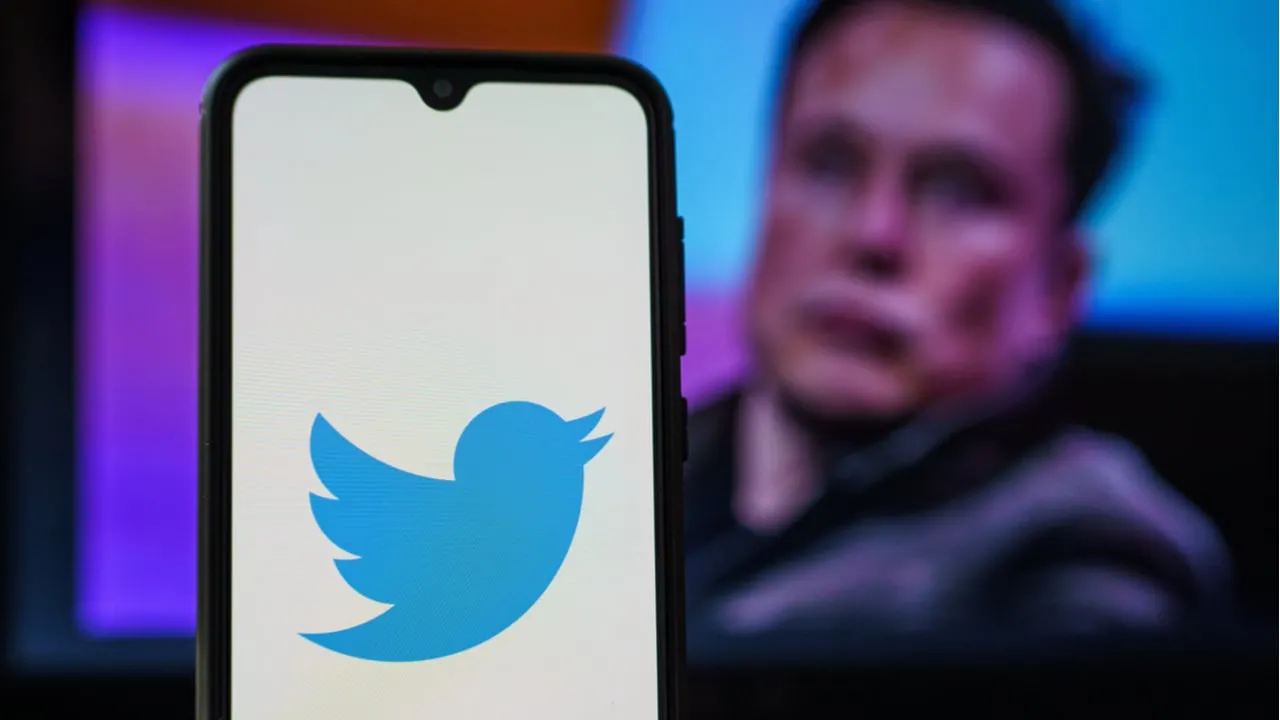On April 1, Twitter will carry through with new owner Elon Musk’s threat to remove existing verification checkmarks from legacy accounts on the platform—part of a push to make users and brands pay for the feature through the Twitter Blue subscription service.
The long-expected move has drawn widely negative comments from users who see it not as a way to democratize verification on the platform, as Musk and his supporters have suggested, but rather a move that will nullify the whole point of verifying users. If anyone can spend $8 a month to get the blue checkmark, then what’s the point?
The buzz and backlash around Twitter’s new verification model has renewed interest in the idea that decentralized platforms can provide a better path forward for social media. Ryan Li, co-founder of decentralized social media protocol CyberConnect, had strong words about Twitter’s move in an interview with Decrypt.
On April 1st, we will begin winding down our legacy verified program and removing legacy verified checkmarks. To keep your blue checkmark on Twitter, individuals can sign up for Twitter Blue here: https://t.co/gzpCcwOpLp
Organizations can sign up for https://t.co/RlN5BbuGA3…
— Twitter Verified (@verified) March 23, 2023
“The Twitter Blue event is yet another wake-up call to the dangers of centralized social media and what it needs to improve to protect users,” Li said.
CyberConnect is a social graph protocol that supports decentralized applications for building personalized social experiences. The protocol is built on IPFS and the Ceramic decentralized data platform, and implements Ethereum’s ERC-721 NFT standard. CyberConnect raised $15 million in a Series A funding in May 2022.
Li believes that Twitter’s original implementation of blue checkmarks—granted to public figures and brands through an approval process—was a “great first step in establishing public figures as ‘beacons of trust’ that spread credibility to related information and accounts.”
Despite some gripes from Twitter users about the opaque verification process, Li described it as an orderly system that he believed cultivated trust between users and those that they followed. If you saw a tweet from a verified user, you could be pretty sure—hacked accounts aside—that it originated from the individual or brand in question.
Musk had a different take, arguing that “far too many corrupt legacy Blue ‘verification’ checkmarks exist”, calling the system “deeply corrupted” due to what he said was a prevalence of maliciously intentioned bot sand fake accounts.
Given that mentality, plus an apparent desire to monetize users directly rather than primarily through advertising, Musk’s Twitter will wind down legacy verification on April 1 and remove checkmarks from users who don’t subscribe to Twitter Blue.
Li referred to Twitter Blue as a “pay-for-play environment”, claiming that over the past few months, it has led to a “total dismantling of trust in the network.”
We’ve talked a lot about trust 🌟
It is valuable but delicate. It has been largely missing on the internet. It’s the essential prerequisite for all meaningful connections and identities.
So how are we building trust together?
A refresher 🧵
— CyberConnect (@CyberConnectHQ) October 8, 2022
Twitter has also faced criticism for its updated security policies, especially since announcing the removal of text message-based SMS two-factor authentication (2FA) for non-Blue subscribers. Li said that this presents a credible risk and establishes a “dangerous precedent” for the security vulnerabilities of millions of users.
“The fact that users now have to pay for such a vital security feature is making people question how much the platforms care about user control over their accounts and online existence,” Li said.
Stani Kulechov, founder and CEO of DeFi lending protocol Aave and founder of decentralized social media platform Lens Protocol, also shared his perspective on Twitter’s policy decision with Decrypt.
“The community should decide how to verify accounts and which accounts are authentic,” Kulechov said, adding that "authenticity is too important to the platform’s integrity to be for sale.”
Lens is a user-owned and open social graph platform that aims to offer a more decentralized alternative to traditional models. It’s built on the Aave network, and utilizes its technology to enable users to own their content by defining and storing all interactions—such as profiles, posts, comments, and follows—as NFTs.
Users can port their data to whichever platforms and applications they choose, addressing one of the most contentious issues with Web2 social media networks in preventing centralized censorship.
CyberConnect’s Li added that social media and its role in society is too important to put a price on verification. In his view, the solution is not to revert to the previous model of centralizing the verification process, but instead to make a form of verification open to all via self-sovereign identities powered by transportable NFTs.
“When everyone on the internet can have verified identities and statuses, rather than just a select and privileged few, and is actively cultivating their digital existence,” he said, “we greatly reduce the potential for scams and identity theft.”

